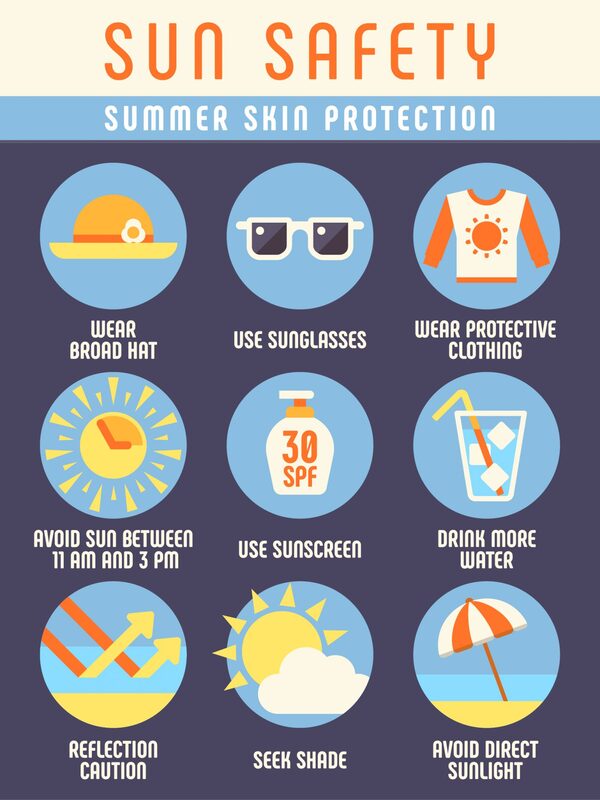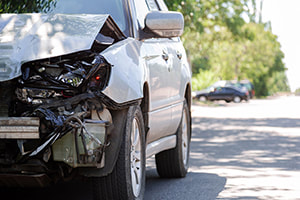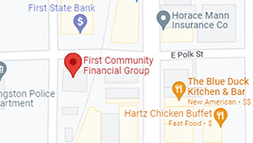First Community Financial Group, Inc. Blog |
|
Many memories in Texas are made camping, and a lot of those might include being in a tent or even a camper. Travel trailer camping is popular for good reasons such as space, towability and accessibility. But whether you're new to the concept or have already had a few adventures (including tailgating!), these handy tips can serve as reminders for a better outdoor experience:
And before you head out on the road in Texas and abroad with your travel trailer, remember you can always speak with us at First Community Financial Group to shop for coverages so you can protect the things you tow. We are a Foremost and Progressive agent!
0 Comments
Rip Current Awareness Week was officially at the beginning of March this year. But, it made me think, don't we need to know this all the time? Not just during spring break? The answer… yes, it's very important. Whether an ocean or a great lake, rip currents are powerful and can be deadly. The most obvious danger of rip currents is that it can pull you out to sea further than you can swim back to shore. Even when it doesn't pull its victims far out, many panic and drown. With the Memorial Day holiday coming up this Monday, it's a good time to review how to stay safe and not panic at the beach or the lake.
Rip currents can be found on many surf beaches every day. Rip currents most typically form at low spots or breaks in sandbars, and also near structures such as groins, jetties and piers. The definition of rip current is: A powerful channel of water that flows away from the shore. They can be narrow or more than 50 yards wide. The United States Lifesaving Association (USLA) estimates that rip currents account for over eighty percent of all beach rescues and over 100 deaths annually at our nation's beaches. Signs that a rip current is present are difficult for the average beachgoer to identify. Look for differences in the water color, water motion, incoming wave shape or breaking point compared to adjacent conditions. So, what do you need to know before you go to the beach? The USLA offers some good tips and precautions that every swimmer should head or at least hear. Rip current myth debunked: A rip current is a horizontal current. Rip currents do not pull people under the water—they pull people away from shore. Drowning deaths occur when people pulled offshore are unable to keep themselves afloat and swim to shore. This may be due to any combination of fear, panic, exhaustion, or lack of swimming skills. How to avoid and survive rip currentsLearn how to swim!
Your safety is number one to us. Stay safe on the water and on your boat. And PLEASE wear a life jacket! Content provide by Foremost Insurance (Source: United States Lifesaving Association and National Weather Service, Illustration Photo courtesy of the U.S. Army Corps of Engineers Field Research Facility at Duck, NC.) July may be UV Safety Month, but that doesn't mean I'm going to not care about UV safety the other 11 months of the year. Sun safety needs to be considered every day—even if it is cloudy outside. And in Texas, that starts early!
As the saying goes--your skin is your largest organ, you better take care of it. Doing so is fairly simple; and you can probably recite the following recommendations from the Centers for Disease Control and Prevention (CDC) without even clicking on the link. Indulge me while I reiterate:
According to the American Cancer Society, skin cancer (including melanoma and basal and squamous cell) is by far the most common cancer diagnosed every year. Even though a few physical traits can make some people more susceptible than others, anyone can get it. Before you go outside, whether you're on your boat, camping in the woods or gardening in the back yard, find out what your UV index will be for the day. That way you can take the appropriate precautions to keep your skin healthy. Join me under my sun umbrella; the view's quite nice here. Content provided by Foremost Insurance. Parking lots in Texas– we love the convenience but hate the frustrations, especially when people are driving too fast, backing out of spots without looking and otherwise modeling bad parking lot behavior.
That behavior just so happens to be the cause of many a door ding and irritated driver. Even worse, careless behavior can cause a collision or injury. So, let’s all slow down and follow these five tips to make parking lots safer for everyone:
Remember, when you’re watching for dangers, you have a better chance of avoiding them. If an incident does occur, we here at First Community Financial Group are ready to help. Content provided by Safeco and Liberty Mutual Insurance It's mosquito season here in East Texas and we're all looking forward to fun parties and get-togethers in our backyard, but with that comes a flying pest that's a pain for most - mosquitoes! However, just because these insects are a nuisance, that doesn't mean you have to stay inside and not enjoy summer. We've compiled a list of 10 tips and tricks that are sure to keep mosquitoes away from your yard.
Looking for A Better Insurance Experience®? First Community Financial Group is a Foremost Ins. agency. Click the Contact button at the top of the page for a free quote today! Before applying paint, paper or other covering to your walls, you need to repair any holes.
Before you get startedFill nail holes and small punctures with spackling compound. When dry, sand lightly. If the hole is next to an electrical outlet, you may be able to conceal the damage with a larger outlet box or an oversized outlet cover plate. For larger holes, you will need to patch the damaged area. CAUTION! Determine where the electrical wiring is located before cutting into a wall. Small Dry Wall Patch HolesIf the hole is no bigger than two inches, repair with fiberglass tape. Stretch tape across the hole. Apply two or three coats of joint compound and sand between coats. Step 1: Enlarge and Square UpCut a square area larger than the hole with a utility knife or keyhole saw. Step 2: Prepare Backer BoardsCut two backer boards so they are 2 to 3 inches wider than the hole. Step 3: Secure Backer BoardsPlace a backer board inside the hole at top edge. Secure with 1-1/4 drywall screws, holding the board in place as you work. Tighten until screw heads are below the surface. Place second backer board inside lower edge of opening. Secure with screws. Step 4: Install PatchCut patch to fit opening. Screw patch to the backer and tighten until screw heads are below the surface. Step 5: Tape SeamsApply strips of fiberglass tape over seams. Step 6: Apply Joint CompoundCover tape with a thin coat of compound. When dry, sand lightly. Apply two more coats. Feather and sand each coat until the surface is smooth. Patching Large HolesFor holes larger than 8 inches, cut drywall back to middle of the studs bordering the hole. Butt backer boards to studs and secure behind drywall with screws. Fit patch into opening. Secure to the studs and backer boards with screws. Finish with fiberglass tape and joint compound. Materials you will need:
Tools you will need:
Content furnished by Foremost Insurance. |
Contact Us(936) 327-4364 Archives
May 2024
Categories
All
|







 RSS Feed
RSS Feed
